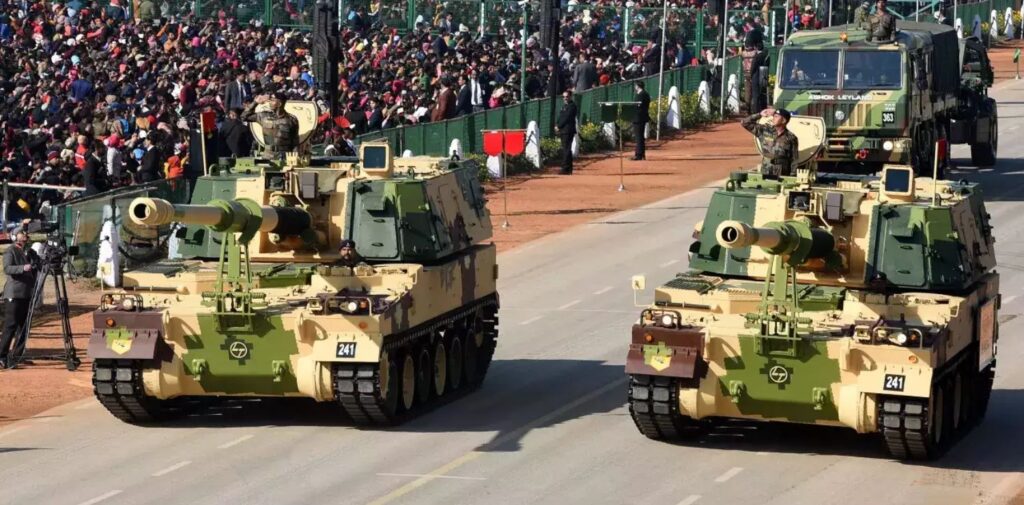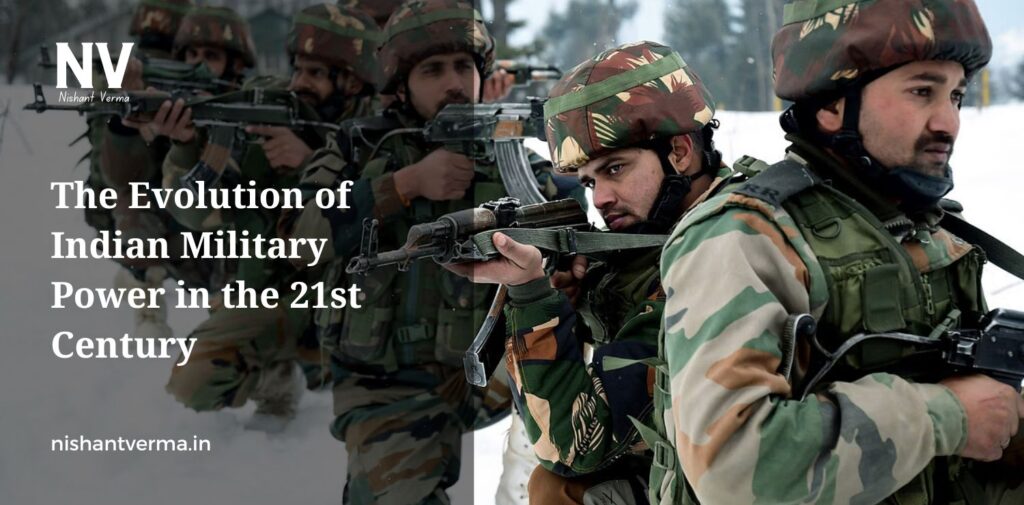India, a nation with a rich history, culture, and strategic significance, has seen substantial changes in its military capabilities over the past few decades. As we enter the 21st century, India has evolved into a modern military power, with a mix of traditional strengths and cutting-edge technologies. This transformation is not only crucial for India’s national security but also has a profound impact on global geopolitics. In this article, we will explore the various aspects of India’s military growth in the 21st century, focusing on technological advancements, strategic partnerships, modernization, and future challenges.
Modernization of Armed Forces
The modernization of the Indian Armed Forces has been a primary focus of the Indian government in the 21st century. The Indian military, once heavily reliant on older Soviet-era equipment, has gradually shifted toward adopting modern technologies and weapons. The introduction of new fighter jets, such as the French-made Rafale, and the development of indigenous systems like the Tejas fighter aircraft, has significantly improved India’s air capabilities. Similarly, the Indian Navy has focused on modernizing its fleet, adding nuclear-powered submarines, aircraft carriers, and advanced surface combatants.
In terms of ground forces, the Indian Army has started upgrading its equipment with modern artillery, tanks, and advanced surveillance systems. The emphasis on technology and precision warfare is evident with the growing importance of unmanned aerial vehicles (UAVs) and drones. These efforts reflect India’s commitment to strengthening its military infrastructure and ensuring that its forces are capable of responding to modern threats effectively.

Technological Advancements and Innovation
One of the key aspects that has defined the evolution of India’s military power in the 21st century is its focus on technological innovation. The country has made remarkable progress in developing indigenous defense systems, reducing its dependence on foreign arms suppliers. A notable example is India’s successful test of ballistic missile defense systems like the Advanced Air Defence (AAD) and Prithvi Air Defence (PAD), which enhance the country’s ability to intercept enemy missiles and defend its airspace.
India’s advancements in space technology have also contributed significantly to its military capabilities. The Indian Space Research Organisation (ISRO) has launched a series of satellites that provide real-time intelligence, surveillance, and reconnaissance (ISR), crucial for military operations. These satellites also help in monitoring border areas and keeping track of movements by enemy forces, enhancing India’s defense preparedness.
In addition, the Indian defense sector has witnessed the rise of research and development in the private sector, with many Indian firms now involved in producing advanced weaponry and defense technologies. This push for self-reliance in defense production is part of India’s larger goal of becoming a major defense exporter and reducing its dependency on foreign imports.
Strategic Partnerships and Alliances
As India has evolved into a military power, its foreign policy has also shifted toward strengthening strategic alliances and partnerships. In the 21st century, India has been forging strong military ties with countries like the United States, Israel, Russia, and Japan. These partnerships are not only focused on defense cooperation but also on sharing intelligence, conducting joint military exercises, and providing access to advanced technology.
India’s partnership with the United States has grown significantly over the past two decades. The two countries have signed defense agreements like the Logistics Exchange Memorandum of Agreement (LEMOA) and the Communications Compatibility and Security Agreement (COMCASA), which facilitate military cooperation and interoperability. The U.S. has also become one of India’s largest defense suppliers, providing advanced systems such as drones, radars, and aircraft.
Additionally, India’s longstanding defense relationship with Russia remains crucial, with India continuing to import key weapons systems, including the S-400 air defense system and the Sukhoi fighter jets. On the other hand, India’s growing ties with countries like Japan and Australia reflect its efforts to strengthen its position in the Indo-Pacific region, an area of growing strategic importance.

Security Challenges and Regional Stability
Despite its rapid military modernization, India continues to face several security challenges in the 21st century. The most prominent of these challenges comes from its two neighbors, China and Pakistan. The border disputes with China, particularly in regions like Arunachal Pradesh and Ladakh, have led to occasional skirmishes, with the most significant being the 2020 Galwan Valley clash. This incident highlighted the need for India to maintain a strong and modern military force to defend its borders effectively.
At the same time, India’s relations with Pakistan remain tense, with both countries having fought multiple wars in the past. The ongoing Kashmir issue and the threat of cross-border terrorism are persistent challenges for India’s security. In response to these threats, India has strengthened its border security infrastructure, increased surveillance along the Line of Control (LoC), and enhanced its counter-terrorism capabilities.
In recent years, India has also increasingly focused on regional stability in the Indo-Pacific region. The rise of China as a global power has posed a strategic challenge to India, especially with China’s growing military presence in the region. In response, India has sought to increase its maritime influence, strengthen its naval capabilities, and collaborate with like-minded countries to ensure the security of vital sea lanes and trade routes.
Future Outlook and Strategic Vision
Looking ahead, India’s military power is expected to continue evolving in the 21st century. The government’s push for “Atmanirbhar Bharat” (self-reliant India) in the defense sector is likely to lead to increased indigenous production of weapons systems and military technology. India’s defense budget is expected to grow further, ensuring that the military has the resources needed to modernize and maintain a high level of preparedness.
Moreover, India’s military strategy in the future will likely focus on becoming a more agile and technologically advanced force. The integration of artificial intelligence (AI), cyber warfare capabilities, and the continued use of advanced drone technology are expected to play a central role in India’s defense strategy. The development of advanced missile systems, like the Agni and BrahMos series, and the establishment of a cyber warfare command are also expected to bolster India’s deterrence capabilities.
In terms of regional security, India is likely to continue strengthening its strategic partnerships, particularly with countries in the Indo-Pacific and those facing similar challenges from China. Additionally, India’s growing participation in multilateral organizations like the Quad (India, Japan, Australia, and the United States) will play a critical role in shaping the security architecture of the Indo-Pacific region.

Conclusion: Indian Military Power
Indian military power in the 21st century has undergone a profound transformation. The country has moved from relying on outdated technology to embracing modern systems, with a strong focus on self-reliance and innovation. While the challenges remain, especially concerning its borders and regional stability, India’s growing military strength, strategic partnerships, and focus on technological advancements ensure that it will continue to play a significant role in global geopolitics. As India moves forward, its military will undoubtedly evolve further, positioning the country as a key player on the world stage, prepared to meet the challenges of the future.




